Mission Bartika: Why
The Present Context
Purulia was one of the most severely affected due to COVID-19. Jayshree Pathar (name changed) a class 10 student in a government run school wonders what is “average”, a simple calculation of average of two friends is beyond her comprehension.
Jayshree is not alone. “The learning level of students of all classes from V to VIII is same and dismal. They can hardy write their names”, laments a teacher of one local government school.

SPADE
Active since 1994 in the development field, SPADE works with the most vulnerable segment (women) in mobilizing and building their institutions and facilitating them towards empowering them and their households. It was found that the educational level of their children is generally poor – causing colossal loss to themselves, their family and the community as a whole. The lack of quality delivery in the school compounded with their socio-economic backwardness result into disinterest, dropping out of the education system, early marriages and trafficking.
To address this issue, SPADE in 2017:
- started its first supplementary education centre with a group of 45 students to provide a facilitating wholesome environment to learn;
- arranged compassionate teachers, access to learning materials and a process where the learners feel interested to learn; and
- ensured that 50 tribal children received technology-based holistic education at the Supplementary Education Centre at Punura village in Purulia, West Bengal.
The Pandemic Effect
COVID pandemic has aggravated this scenario. A recent survey in India included a basic reading test: children were asked to read a simple sentence printed in large font (in Devanagari script). The findings were alarming: about half of the children currently enrolled in Grades 3-5 were unable to read more than a few words . In rural areas, 42 per cent were unable to read a single word.
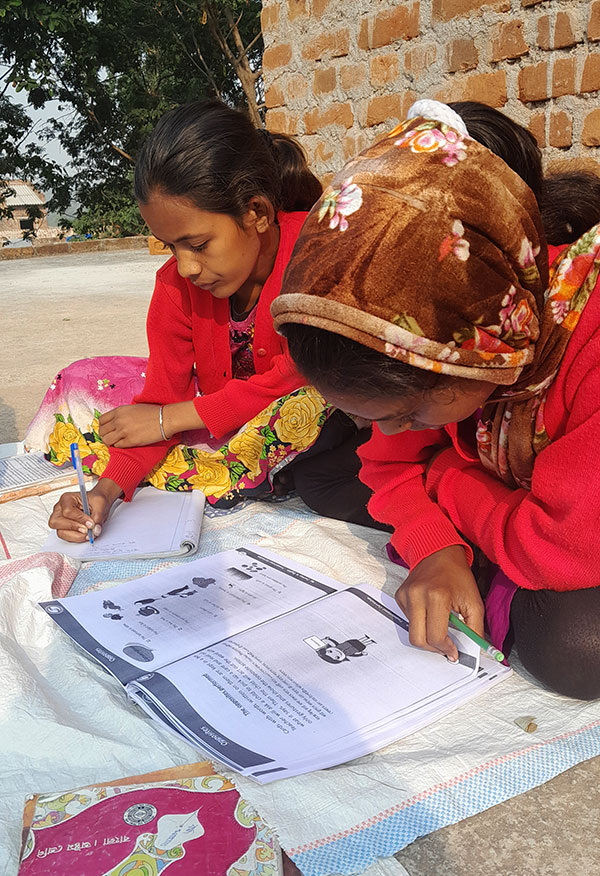
Grave Situation
To appreciate the gravity of the situation, we can also try to compare literacy rates among SCHOOL children with average literacy rates in the same age group from the 2011 population census. the “illiteracy rate” in the 10-14 age group among rural S.C./S.T. households in the SCHOOL sample (39 per cent) is more than four times as high as the average for all children aged 10-14 in the SCHOOL States 10 years ago (9 per cent). Such are the combined effects of chronic inequality and the lockout.
Our Concern
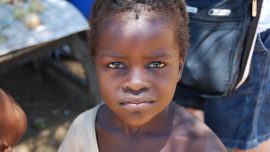
Development Goals
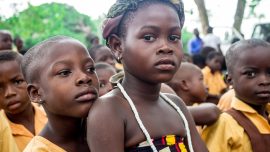
The Pregnancy
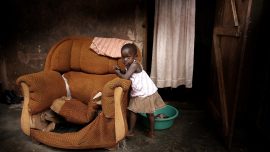
Infant Mortality
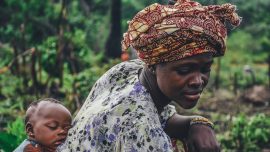
Maternal Health
These children need your help!
Internationally, this generation of students now risks losing $21 trillion in potential lifetime earnings in present value, or the equivalent of 17 per cent of today’s global GDP, up from the $17 trillion estimated in 2021.